Episode 4:
What Makes Our Customers Happy?
- Discount Tiers
- Shipment Methods
- Payment Methods
- Top-Selling Products

In this episode, we’ll dive into three key aspects that influence sales performance: discounts, shipping methods, and payment methods.
First, we’ll explore how different discount levels impact sales, and whether older or newer products rely more on discounts. Next, we’ll analyze the role of shipping methods in order fulfillment and the potential for delays. Finally, we’ll examine payment options to determine which methods customers prefer.
1. Discount Tiers
To start, let’s take a deep dive into how discount tiers have influenced sales performance over the years. This analysis will reveal the distribution of quantity sold and net sales percentage across different discount tiers from 2015 to 2017. By identifying key trends, we can understand the impact of discounts on overall sales and how customer behavior has evolved. This sets the stage for evaluating how discount strategies have affected both older and newer products.
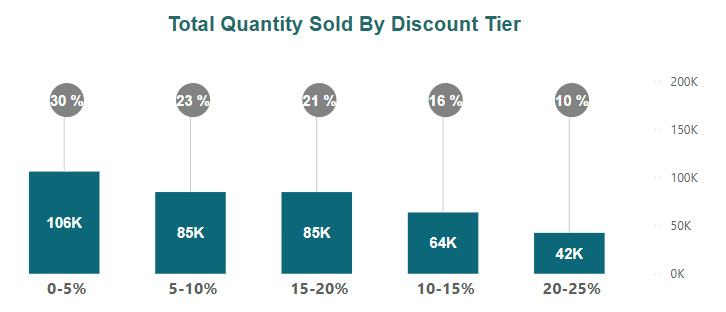
From the overall analysis of discount tiers across all years, we can observe that discount levels significantly impacted both quantity sold and net sales. Lower discount tiers (0-5% and 5-10%) consistently contributed to a large portion of total sales, while higher discount tiers (15-20% and 20-25%) had a smaller impact. This suggests that moderate discounts tend to drive more sales, but the higher discount tiers still play a role, especially in attracting more price-sensitive customers.
Now, as we shift our focus to 2017, we’ll zoom into the impact of discount tiers on products with first sales in 2017. With the expansion in both departments and products that occurred in this year, it’s essential to explore whether these newer products relied more heavily on discounts to gain traction.
Let’s dive into how discount strategies evolved in 2017 and their effects on newer versus older products.
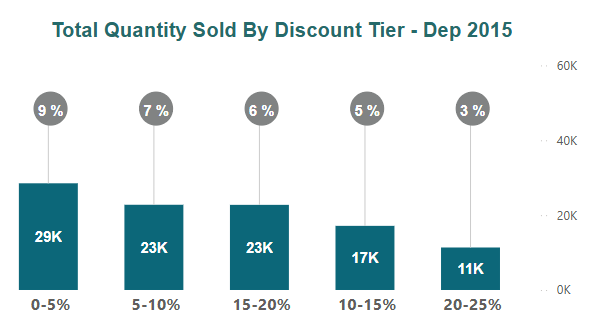
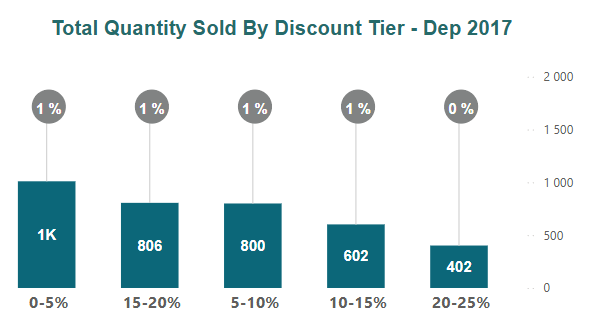
- In 2017, departments with their first sale in 2015 showed a strong reliance on discounts, particularly in the 0-5% and 5-10% ranges, with 29k and 23k units sold, respectively, contributing 9% and 7% of net sales.
- In contrast, newer departments with their first sale in 2017 experienced much lower sales, with only 1000 and 800 units sold in the 0-5% and 5-10% discount ranges, contributing just 1% to net sales. This was largely due to the fact that these departments only operated for three months, resulting in limited sales and a minimal impact on overall revenue. Despite this, lower discount tiers (0-5% and 5-10%) attracted more customer interest, while higher discount tiers (10-15% and above) contributed less to sales.
Understanding discount tiers is crucial because they reveal what types of deals resonate most with customers, offering insights into their purchasing behaviors. However, discounts aren’t the only factor influencing sales. One of the key elements that can make or break a customer’s decision is the shipping experience. From preferred shipping methods to the impact of delays, how a product gets to the customer plays a pivotal role in overall satisfaction.
2. Shipment Methods
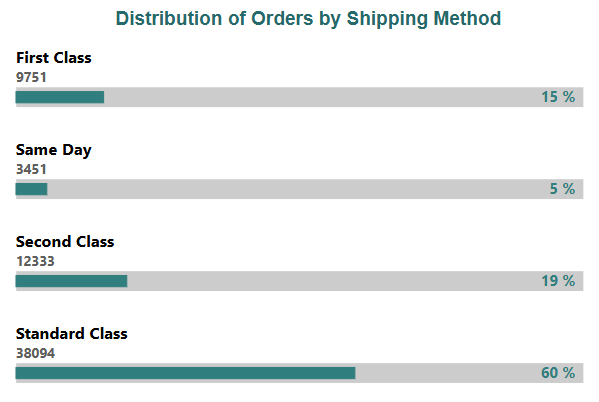
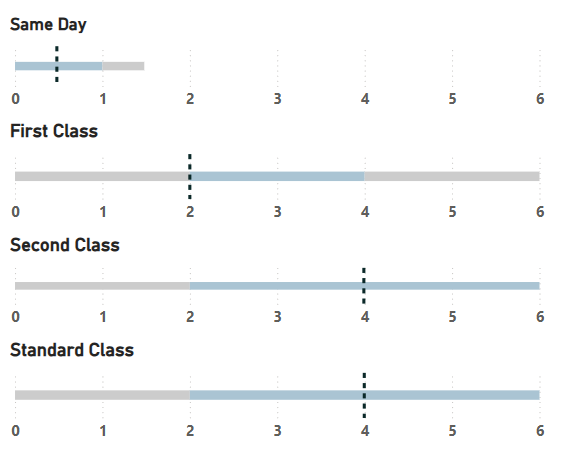
Shipping speed impacts customer choices, with 60% opting for Standard Class, averaging 4 days (2-6 days). In contrast, only 5% chose Same Day shipping, the fastest option at 0.5 days (0-1 day), highlighting a trade-off between cost and speed.
Payment method is another critical factor in shaping the customer experience. It not only influences purchase decisions but also ties into broader trends, such as shipment cancellations. Understanding the preferred payment options helps us gain insights into customer behavior and how these choices may impact overall satisfaction and order fulfillment. Let’s explore the data on payment methods used by customers.
3. Payment Methods
Most customers prefer using debit cards, with 25 000 opting for this method. Bank transfers follow with 18 000, while 15 000 use payment cards, and 7000 pay with cash. Debit cards stand out as the most popular choice, highlighting a preference for direct and convenient transactions.
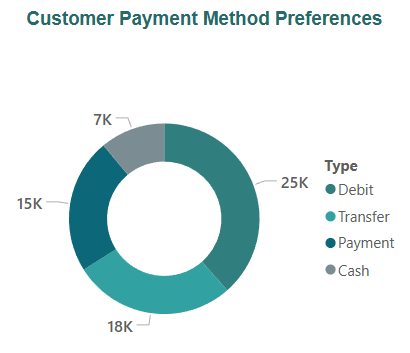
All cancelled shipments were paid using bank transfers, which could indicate potential issues with payment verification or delays in processing. Bank transfers might take longer to confirm, leading to delays in order fulfilment or shipment cancellations. This suggests that using transfer as a payment method could be linked to complications in ensuring timely deliveries.
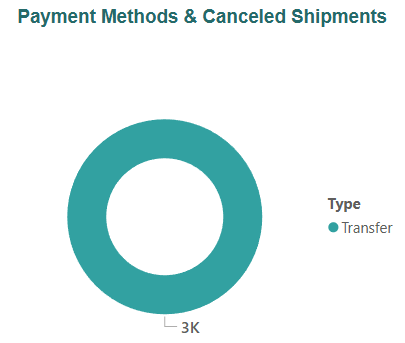
In summary, we’ve explored the impact of discount tiers, shipping methods, and payment preferences on sales and customer behavior. We observed that lower discount tiers, like 0-5% and 5-10%, were more popular among customers, while shipping methods revealed that a trade-off exists between fast delivery and the preferred standard shipping. Additionally, most customers favored debit as their payment method, but cancellations were linked exclusively to transfer payments, raising potential concerns. Now, let’s take a look at the top 10 products that customers loved the most
4. Top-Selling Products
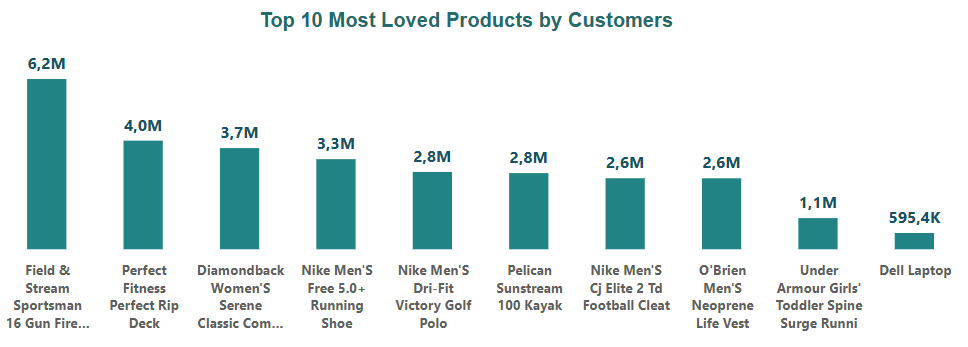
Thank you for joining us on this journey. We appreciate you taking the time to explore these insights with us.
See you in the next one!